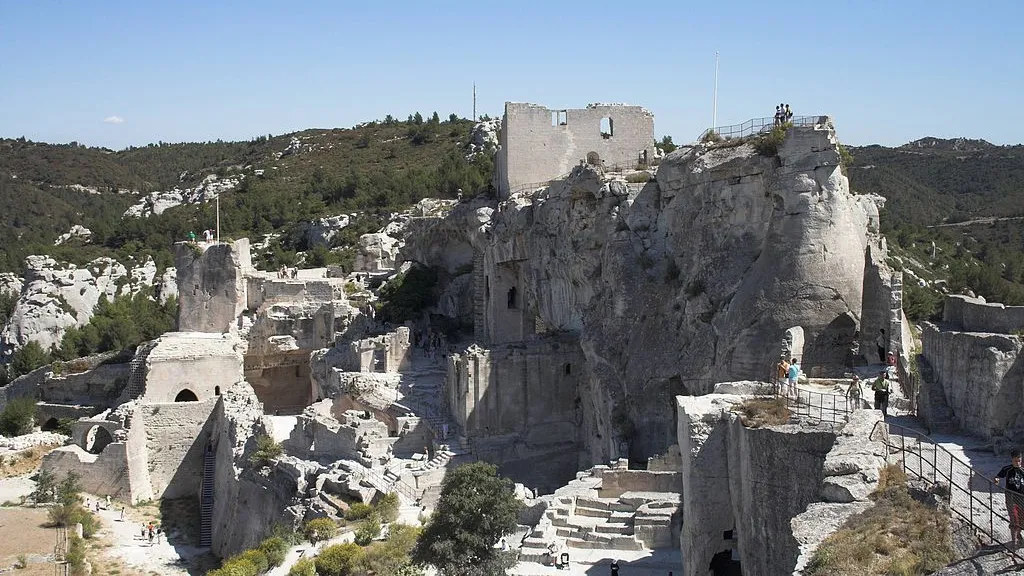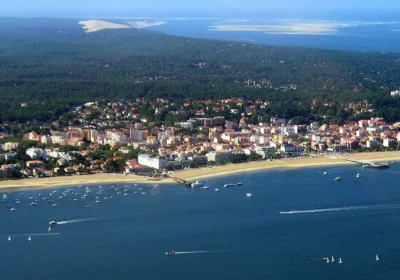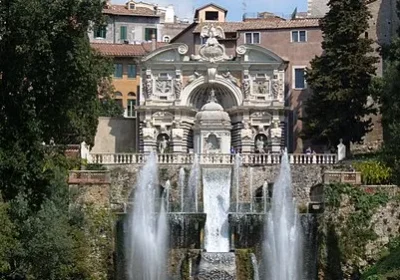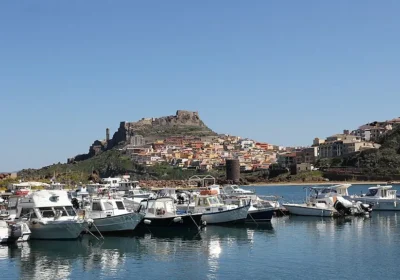The town of Les Baux-de-Provence is perched on a cliff (baus means “steep rock” in Provencal), from the top of which you can enjoy a fantastic view of a valley with the ominous name of Hell Valley. This name is associated with numerous legends of witches and fairies.
People have lived on this rock since Neolithic times, but the most striking trace was left by the feudal Bo family, who built their castle here in 905. They were warrior-aristocrats, of whom the poet Frédéric Mistral said that “they are always militant, but never subservient”. “Raso d’eigloun, jamai vassalo”-“The eagle clan knows no vassalage,” was the answer to anyone from the height of the eagle’s nest, and hardly anyone could dispute it. The wind of wars and blood, intrigue and treason blew from the summit of Le Beau across feudal Europe. The same wind was slowly sharpening the stone of the impregnable rock… The age of the blade was replaced in Provence by the age of the string. The most famous troubadours of the south found shelter and patronage under the high vaults of the castle of Le Beau. Once again, there was no one to challenge the primacy of Le Beau – this time as the “court d’amur” – the “court of love”. The castle became the center of the “singing south”. From 1528, the town became one of the Protestant strongholds in the south of France, which Louis XIII decided to destroy, concerned about the rebelliousness of this fortress. In general, Le Beau has seen a lot.But the town on the mountainside remained alive and kept its quaint old customs. Still – since the XVI century – lights up the “lantern of death” on the church of St. Vincent – so called light on the bell tower, which burns all night when one of the famous citizens dies. Still – also since the 16th century – the naive and touching “shepherds’ mass” is served in this church on Christmas evening. “Mass” – in fact, a small play: in the church enters the procession of dressed up “angels and shepherds” who bring their gifts to the infant Christ…The Romanesque chapel of XII century Saint-Blaise, which served as a gathering place for comber and clothiers, has been preserved. Now it houses the Museum of Olive Oil, where you can learn all about olives, olives, olive oil production and “Marseille soap”.Among the monuments of the distant past of the King’s House, the old town hall, the House of the former governor of Le Beau Pierre de Porsle (1582-1621 years…), which preserved frescoes of the XVII century, The Museum of History has two models of the fortress, from the 13th and 16th centuries. Walking through the narrow streets of Le Beau you can get acquainted with Provençal handicrafts, taste various Provençal sweets and buy the famous Marseille soap, which is made only from vegetable raw materials and smells of lavender, marjoram, basil.

















